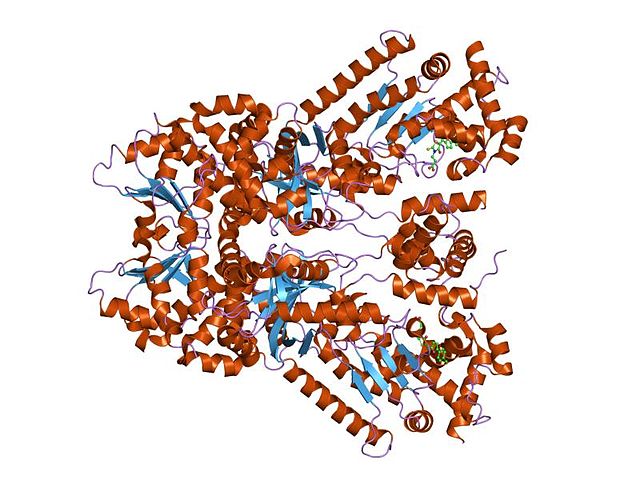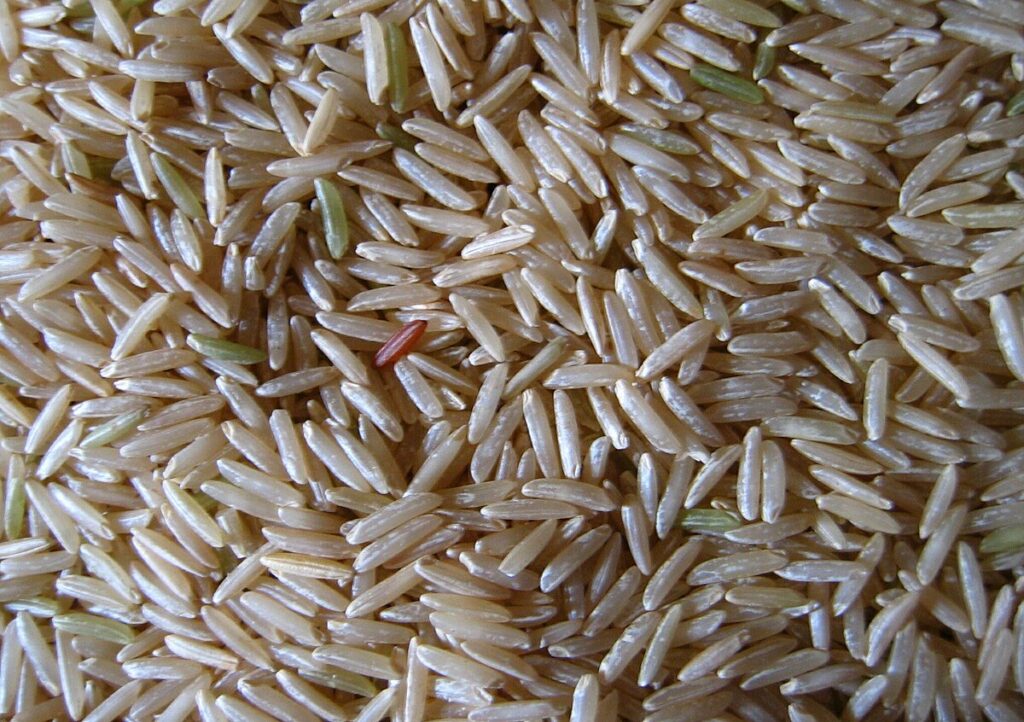Ethics includes a set of standards by which a community regulates its behaviour and decides as to which activity is legitimate and which is not. Therefore, bioethics, may be viewed as a set of standards that may be used to regulate our activities in relation to the biological world.
The manipulation of living organisms by the human race connot go on any further, without regulation. Some ethical standards are required to evaluate the morality of all human activities that might help or harm living organisms. Going beyond the morality of such issues, the biological significances of such things is also important. Genetic modification of organisms can have unpredictable results when such organisms are introduced into the ecosystem.

Ethical issues
Therefore, the Indian Government has set up organizations such as GEAC (Genetic Engineering Approval Committee) , which will make decisions regarding the validity of GM research and the safety of introducing GM-organisms for public services.
The major bioethical concerns pertaining to biotechnology are summarized below:-
(i) Use of animals in biotechnology causes great suffering to them.
(ii) When animals are used for production of pharmaceutical proteins, they are virtually reduced to the status of a ‘factory’.
(iii) Introduction of a transgene from one species into another species violates the ‘integrity of species’
(iv) Transfer of human genes into animals (and vice-versa) dilutes the concept of ‘humanness’.
(v) Biotechnology is disrespectful to living beings, and only exploits them for the benefit of human beings.
(vi) Biotechnology may pose unforeseen risks to the environment, including risk to biodiversity.
The modification/usage of living organisms for public services (as food and medicine sources, for example) has also created problems with patents granted for the same
Note:- An example of bioethics violation is the generation of bioweapons that can cause massive number of deaths in a short span. Anthrax scare was one such case in 2001.

Patent
A set of exclusive rights granted by a state (national government) to an inventors or their assignee for a limited period of time in exchange for a public disclosure of an invention. Patents are supported to satisfy three criteria of – Novelty, non-obviousness and utility
Novelty implies that the innovation must be new. It cannot be part of ‘prior art’ or existing knowledge. Non—obviousness implies that it may not be documented but is otherwise well-known. The discovered fact or product should be of a particular use for the human beings
A patent is granted for
(a) an invention (including a product),
(b) An improvement in an earlier invention,
(c) The process of generating a product, and
(d) A concept or design.
Initially, patents were granted for industrial inventions, etc. But at present, patents are being granted for biological entities and for products derived from them; these patents are called biopatents. Primary, industrialized countries, like USA , Japan and members of European Union, are awarding Biopatents.
Intellectual property (IP):- is a term referring to a number of distinct types of creations of the mind for which a set of exclusive rights are recognized- and the corresponding fields of law. Under intellectual property law, owners are granted certain exclusive rights to a variety of intangible assets, such as musical, literary, and artistic works; discoveries and inventions; and words, phrases, symbols and designs. Common types of intellectual property includes copyrights, trademarks, patents, industrial design rights and trade secretes in some jurisdictions.
There is growing public anger that certain companies are being granted patents for products and technologies that make use of the genetic materials, plants and other biological resouraces that long been identified, developed and used by farmers and indigenous people of a specific region/country.
Rice is an important food grain, the presence of which goes back thousands of years in Asia’s agriculture history. There are an estimated 200,000 varieties of rice in India alone. The diversity of rice in India is one of the richest in the world. Basmati rice is disttnct for its unique aroma and flavor and 27 documented varieties of Basmati are grown in India.There is reference to Basmati in ancient texts, folklore and poetry, as it has been grown for centuries.
Controversies in India regarding patent and biopiracy:-
(i) Basmati rice:- In September 1997, a Texas company called Rice Tec won a patent on “ Basmati rice lines and grains”. The patent secured lines of basmati and basmati-like rice and ways of selecting that rice for breeding. Rice Tec, owned by Price Hans-Adam of Liechtenstein, international outrage over allegation of biopiracy

. It has also caused a brief diplomatic crisis between India and United States with India threatening to take the matter to WTO (World Trade Organisation) as a violation of TRIPS (trade related aspects of intellectual property rights) which could have resulted in a major embarrassment for the United States. Both voluntarily, and due to review decisions by the United States patent office, Rice Tec lost most of the claims of the patent.
(ii) Turmeric:– In May, 1995 the US patent Office granted to the University of Mississippi Medical Centre a patent for “Use of Turmeric in Wound Healing”.
